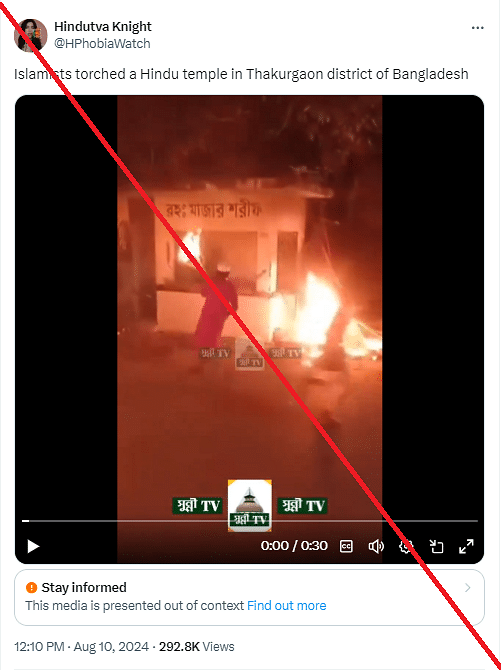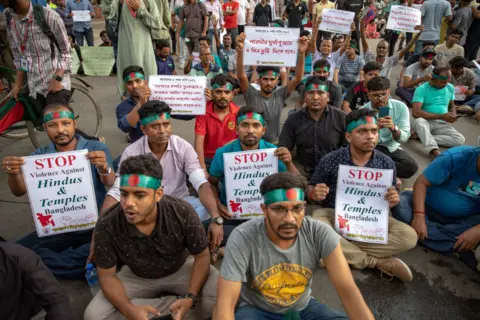
Image by Diane Picchiottino.
Our culture depends upon regular, reliable innovation. We expect that the technologies associated with everyday life will be quickly updated. And we anticipate that our art and intellectual tools will get significantly modified regularly. But of course, such innovation isn’t always successful. Certainly I am aware of this as a practicing art critic. We generally discuss the relatively few successes, but not usually the many failures. And so it’s worth considering three case histories, which may be revealing. These are relative failures. Indeed, as we’ll see failure here is a relative matter. It certainly may not be permanent. And it can be a powerful learning experience. As I will argue, you can learn a great deal about these relative failures. I consider examples drawn from my personal experience. Other people are sure to have many other different examples.
Principles of Art History Writing
Trained as a philosopher, in the 1980s when I had a stable academic job I moved across to art history. In its origins in Germany late nineteenth-century, art history had developed out of philosophy. But by the late twentieth-century, that background had become less important. As Erwin Panofsky noted, when that discipline moved (thanks to National Socialism) to America, these philosophical concerns tended to be marginalized. But eventually American art historians felt that their discipline needed a philosophical grounding. The question then was who would provide it.
That analysis may explain why, as a young scholar who was an outsider to art history, that I found it natural to identify philosophical concerns developed in a number of my early essays and then in my early book, Principles of Art History Writing (1991). I was interested in truth in interpretation, by which I mean a truthful match between interpretation and a picture. And I was concerned to understand how interpretations changed with time. I asked, for example, why the early interpretations of Piero della Francesca, Caravaggio and Poussin were so different from the typical recent accounts. In general, the earlier accounts were simple and briefly stated, while the new interpretations were often elaborate. Did this show progress in art history, I asked? These, I would stress, were natural questions for a young American analytic philosopher to ask.
There was some real interest in my book, but it’s fair to say that the dominant academic concern with the methods of art history took a completely different direction. Inspired by reading of French structuralism and post-structuralism, these art writers offered a suggestive perspective. Here I would cite the meteoric career of Norman Bryson, an English literary scholar who became a professor of art history of Harvard. And the power of the various figures associated with the academic journal October. Indeed, although I was critical, I too fou their ways of thinking suggestive, and had much to say about Bryson’s writing, which I found instructive. And Bryson and I wrote one essay together. But the story of October and Bryson, that’s another story for another occasion.
Adrian Stokes
In art writing there is an important distinction between the canonical older writers, who everyone in the field is expected to read, and the many marginal figures known only to specialists. Thus in art criticism Diderot, John Ruskin and Roger Fry are canonical, but Adrian Stokes (1902-1972) is not. And in America, Clement Greenberg is canonical, but his 1950s rivals are not. Stokes was championed by my teacher, the English philosopher Richard Wollheim, and so I repeated wrote about Stokes and devoted close attention to his books. And I was generously supported by his family, both in London and at their home in Italy,
Stokes came of age when art history was not a subject at Oxford; he was an autodidact with an independent income, who spent some years in Italy researching a relatively marginal subject, fifteenth-century relief sculpture. And then he published two books, The Quattro Cento (1932) and Stones of Rimini (1934) which attracted favorable attention from the experts, including Kenneth Clark; and later his writing was much admired by the most important modern Italian art writer, Roberto Longhi. Later in life, drawing upon his experience of psycho-analysis, Stokes published a number of books about visual art, including a highly original analysis of modern urban culture. He was a very wide ranging, highly original scholar.
Stokes was much admired in his native country, and supported by good publishers and by an important English scholar, Stephen Bane, who organized a major conference, which I attended. But although there is now a literature devoted to him, and reprints of his writings, as yet his place in the canon is, so far as I can see, highly insecure. I am not sure whether very many younger scholars will take a real interest in his work. Perhaps that’s because his ways of thinking are too distant. But maybe that critical judgment is simply premature.
Wild Art
In late middle age, when I felt that my intellectual culture was well established, I had an amazing, life changing experience: I met the art historian Joachim Pissarro, who is the great grandson of the Impressionist Camille Pissarro. Inspired by my reading of his doctoral thesis, we talked at great length, and then over the next several years wrote two books together. Trained in Paris as a philosopher, in London Joachim studied art history. I found him remarkably stimulating, in part because we had rather different intellectual backgrounds.
This next part of our story, which I have presented elsewhere, here need only be told very briefly. In our books Pissarro and I argued that art history was based upon an untenable distinction between art which belongs in the world of galleries and museums, and what we dubbed ‘wild art’, which is everything. Thus commercial art in restaurants, tattoos, and most graffiti is wild art. We argued that this distinction is unsound, and discussed the consequences of that claim. One of our books was devoted to more than four hundred pages of examples, all illustrated. And the other book offered a philosophical and historical account of the history of wild art. Both books, I should add, were published by major publishers.
It’s obvious to me, looking back, that if our analysis had been generally accepted, then art history dealing with contemporary art would have to be practiced very differently. The usual belief in a canon was simply untenable. As yet, however, our arguments, which were as I have said supported by massive documentation and well organized philosophical discussion, have not yet been taken up by the profession. But perhaps that will still happen!
The Future
What is to be learnt from these three examples? As I noted earlier, conceptual innovation is tricky, and success often elusive. Does that give reason to doubt the importance of debate? Certainly it shows that change is often difficult. And it demonstrates that good rational arguments are not sufficient alone to change well entrenched ways of thinking.
I will take up these questions in another, forthcoming essay.






.jpg?auto=format%2Ccompress&fmt=webp&width=720)







 X
X X
X X
X
